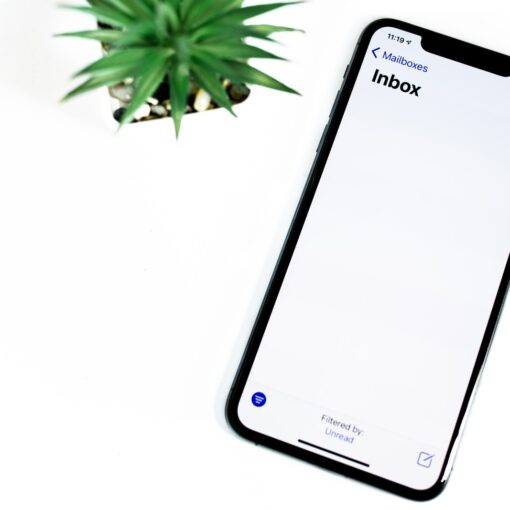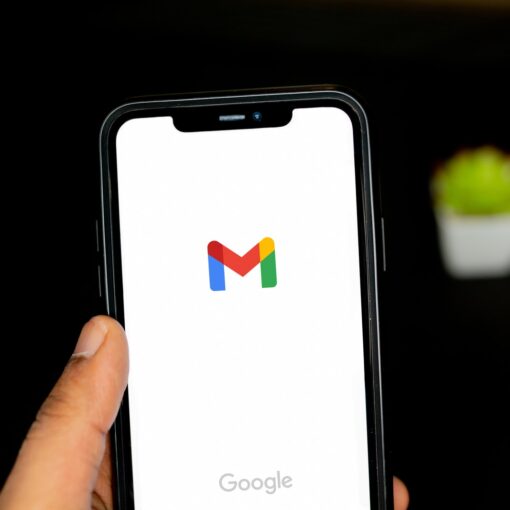 Since the early 2000s, email has become one of the most popular ways for interacting with businesses. The average person can delete an email without opening it, yet many people are still hesitant to give up the convenience of being able to send a message in just a few seconds. This article will take you through all the things you need to know to have an effective email course, so your company can grow and succeed.
Since the early 2000s, email has become one of the most popular ways for interacting with businesses. The average person can delete an email without opening it, yet many people are still hesitant to give up the convenience of being able to send a message in just a few seconds. This article will take you through all the things you need to know to have an effective email course, so your company can grow and succeed.
With the rise of email and digital communications, many companies and brands are using email to maintain contact with their customers, target new prospects, and execute promotions. A recent study shows that 90% of people use email on a monthly basis, which means it is an essential tool for companies. If you're wondering how to get started or if you're looking for some guidance on how to use email marketing more effectively, there are a few things you should consider:
An email course (also known as an ecourse) is a unique form of course on a certain subject that is given to your subscribers over a period of time. In contrast to a special report, it often comprises material that has been broken down into multiple logical chunks and is sent on a daily, weekly, monthly, and perhaps yearly basis to the reader.
A large number of internet marketers create free courses and distribute them through autoresponders. Some email courses are charged to subscribers, while others are free. For example, you can come across courses that are billed per course, per month, or even per mailing. As you can see, there is a tremendous deal of freedom. For the time being, let's concentrate on free email courses and how to create them to benefit your company.
Make A Connection Between Your Email Course and Your Product or Service
Technology is changing at a rapid rate, and it's hard to keep up. Between email courses, podcasts, and social media, people are bombarded with information on a daily basis. It can be difficult to have your voice heard in this world of online noise. But it's not impossible to find your niche in this world of digital marketing.
As a small business owner, you are faced with the constant challenge of staying on top of your online marketing efforts. With so many emails coming in every day, you need to be able to classify them and make sure you are able to stay on top of your audience's needs. To build a stronger connection between your email course and your product or service, it helps to take some time to answer these questions:
– Who are the people who will find value in your email course?
There are many ways to use email marketing for promotion. One strategy that works well is to provide customers with training on how to use your product or service, then promote it through your email campaign. This allows customers to learn more about what you're selling and how they can best use it. It also gives them a direct line of contact for customer service if they have any questions or concerns.
Keep in mind that your email course should be centered on the items or services that you are marketing and selling on the internet. Following the reading of the email content, the subscriber (ideally) gets highly interested in learning about items or services linked to your subject and, as a result, acquires these products or services from you. As a result, while developing your course, don't limit yourself to just providing in-depth knowledge on your subject. Experiment with terminology and recommendations that will assist your subscribers to gain a sense of your goods and understand the advantages your services may give them with.
For a product sale, the first five parts are important to remember:
Free email courses have ranged in length from 2 days to 2 years, according to what I've observed. I do not recommend building a 2-day email course, or a 2-year email course for that matter! The majority of internet marketers utilize their courses to provide themselves the opportunity to communicate with customers about their products on many occasions. You should usually send your message twice more if your subscriber has not yet bought the thing you are marketing. And if they haven't purchased from you in two years, but haven't unsubscribed from your list, you are unlikely to make a transaction in the first place! Instead, start with a five-part email course to get you started.
Using a 5-part course, you may complete the whole course in 5 days, or you can spread it out over a period of 10 days, 20 days, or even 5 weeks. Consider the most appropriate amount of time for the task at hand, and enter that information into your auto responder system.
Engage Your Email Subscribers by Providing Them with Activities
Every year, newsletters and email lists grow less and less effective. With the advent of social media and an always-on culture, contact information is easily lost in a user's inbox. The best way to ensure that your emails aren't ignored and don't end up in their spam folder is by providing your subscribers with engaging activities they can do on your site.
Do you want to engage your email subscribers and keep them coming back for more? Give them something to do! Activities can be a great way to get your subscribers engaged from the moment they hit the ‘check email' button. Whether it's giving them a poll or asking them a question, or even suggesting that they share their thoughts in the comment section, there are many ways to engage your audience with activities. The more interactive, the better!
Every subscriber wants to know they are appreciated by their favorite company, but for many companies this seems unrealistic. With the hectic everyday life, it may seem difficult to remember to send your subscribers something that will keep them engaged, but if you do, then you are much more likely to receive what you want.
Providing your subscribers with activities to complete is a way for them to feel appreciated and feel connected with the company.
Finally, at the conclusion of each email, provide a call to action or some other means for recipients to get in touch with you. In order to encourage engagement and the development of trust, you might ask that they contact you with any questions they have regarding the subject you delivered in the course. Alternatively, you may just present them with a few resources, both affiliate and non-affiliated, and provide them with explicit directions on what their next actions should consist of (e.g. “now go visit the Acme website and check out the widgets they have”). Simply ensure that they are able to use or make use of the knowledge you have delivered in each session of your email course, whatever you decide to do.
In conclusion, it is important for your company to create an email course that does more than just inform your customers, but also provides them with additional value.
– Email courses provide the opportunity to build long-term relationships with your customers.
– They can be delivered quickly and efficiently with the help of automated emails that are sent at the appropriate interval.
– They can offer new value to your customers by sharing helpful information, educational material, or you can even share exclusive discounts with them.





